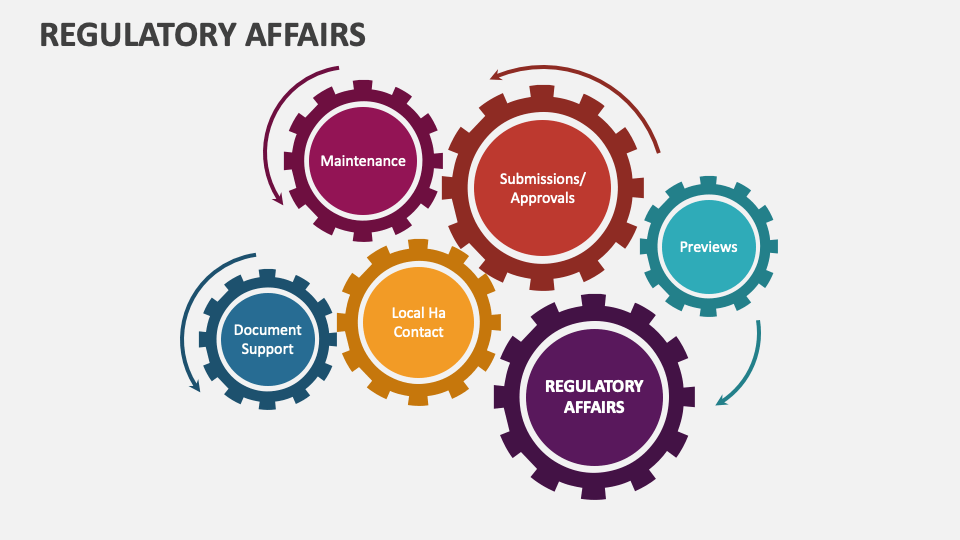Leveraging Technology in Regulatory Affairs
Leveraging Technology in Regulatory Affairs
Blog Article

In today's fast-paced world, the intersection of technology and regulatory affairs has become increasingly vital for organizations navigating complex compliance landscapes. As industries evolve and regulations become more stringent, leveraging innovative technological solutions can enhance efficiency, accuracy, and agility in regulatory processes. From pharmaceuticals to food safety, the ability to effectively manage regulatory submissions, monitoring, and reporting is crucial for maintaining compliance and fostering business growth.
The advent of digital tools and platforms has transformed how regulatory affairs professionals approach their roles. Automation of routine tasks, data analytics for compliance tracking, and electronic submission systems are just a few examples of how technology is streamlining workflows and enabling teams to focus on strategic initiatives. By harnessing these advancements, organizations can not only reduce the risk of non-compliance but also improve collaboration and communication across departments. As we delve deeper into the role of technology in regulatory affairs, it becomes clear that embracing these tools not only supports adherence to regulations but also drives innovation and competitiveness in the marketplace.
The Role of Technology in Regulatory Compliance
Technology plays a pivotal role in enhancing regulatory compliance within organizations. By automating processes and utilizing sophisticated software solutions, companies can streamline their workflows, reduce manual errors, and ensure that they adhere to regulatory requirements more effectively. This not only saves time but also allows teams to focus on strategic initiatives rather than getting bogged down by administrative tasks.
Regulatory Affairs Training
Another significant advantage of leveraging technology in regulatory affairs is the ability to analyze vast amounts of data. With advanced data analytics tools, organizations can gain insights into compliance trends and areas that may require further attention. This proactive approach allows for the identification of potential risks before they escalate, thus improving overall regulatory adherence. The ability to tailor compliance strategies based on real-time data also fosters a culture of continuous improvement.
Moreover, technology facilitates better communication and collaboration among stakeholders involved in regulatory affairs. Through digital platforms and communication tools, teams can share information quickly and securely, regardless of geographical boundaries. This not only enhances transparency but also ensures that all parties are on the same page concerning compliance activities, documentation, and deadline management. Ultimately, the integration of technology is reshaping how organizations approach regulatory compliance, making it more efficient and effective.
Digital Tools for Efficient Submission Processes
In the realm of regulatory affairs, the submission process can often be complex and time-consuming. However, the advent of digital tools has transformed how organizations manage submissions, making them more efficient and streamlined. Electronic submission platforms allow for the submission of documents in a structured format, easing the burden on regulatory professionals. These tools enhance collaboration among teams by enabling real-time feedback and reducing the likelihood of errors due to miscommunication.
Moreover, automation tools play a crucial role in ensuring compliance with regulatory requirements. By automating routine tasks such as data entry and document validation, teams can focus on more strategic activities instead of getting bogged down in administrative work. This not only increases productivity but also improves the accuracy of submissions, as automation reduces the chances of human error. Additionally, audit trails and version control features in these tools provide a transparent process that can be critical during regulatory reviews.
Finally, data analytics capabilities within these digital tools enable teams to gain insights from submission data. By analyzing past submissions, professionals can identify patterns and discrepancies that may hinder future processes. This analytical approach supports informed decision-making and helps in predicting potential challenges before they arise. Leveraging these digital tools not only enhances the submission process but also aligns with the dynamic nature of regulatory affairs, driving overall operational efficiency.
Future Trends in Regulatory Technology
The landscape of regulatory affairs is evolving rapidly, with technology playing a central role in shaping its future. One notable trend is the increasing use of artificial intelligence and machine learning in regulatory processes. These technologies can analyze vast amounts of data, streamline compliance tasks, and predict potential regulatory issues before they arise. By leveraging these tools, organizations can enhance their decision-making and reduce the time required to bring products to market while ensuring compliance with ever-changing regulations.
Another significant trend is the adoption of digital platforms that facilitate collaboration between regulatory agencies and businesses. As remote work becomes more commonplace, regulatory bodies are embracing digital solutions to manage submissions and queries more effectively. This shift not only improves transparency but also enables real-time communication that can expedite the review process. The integration of these platforms is fostering a more agile regulatory environment, where stakeholders can interact seamlessly and share critical information with greater efficiency.
Finally, the rise of blockchain technology is set to leave a profound impact on regulatory affairs. By providing an immutable and transparent record of transactions, blockchain can enhance traceability in supply chains, particularly in sectors like pharmaceuticals and food safety. This technology offers the potential to automate compliance audits and ensure that all stakeholders are accountable for their actions. As organizations begin to explore these advancements, we can expect to see a more robust framework for regulatory compliance that values security, accuracy, and efficiency.
Report this page